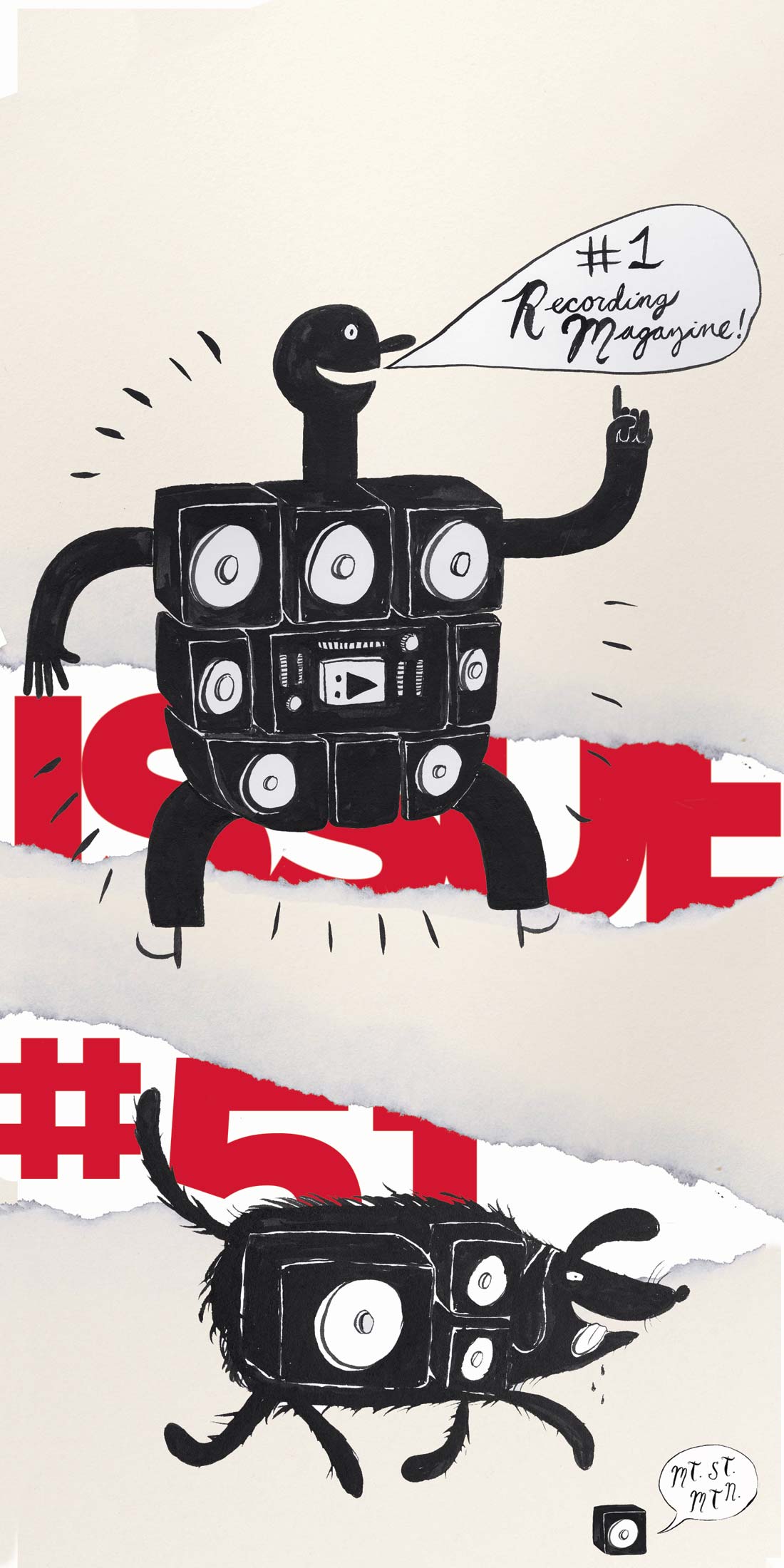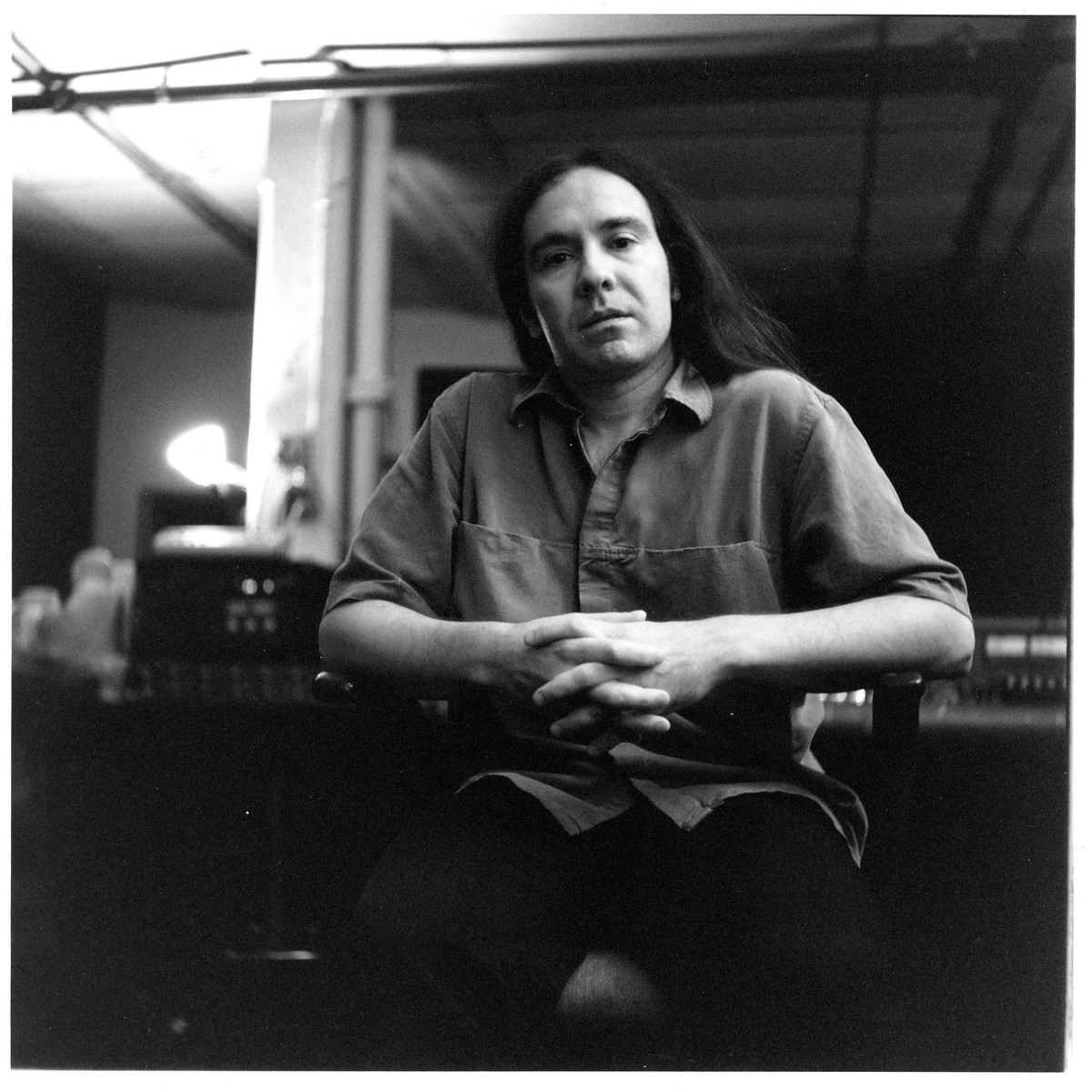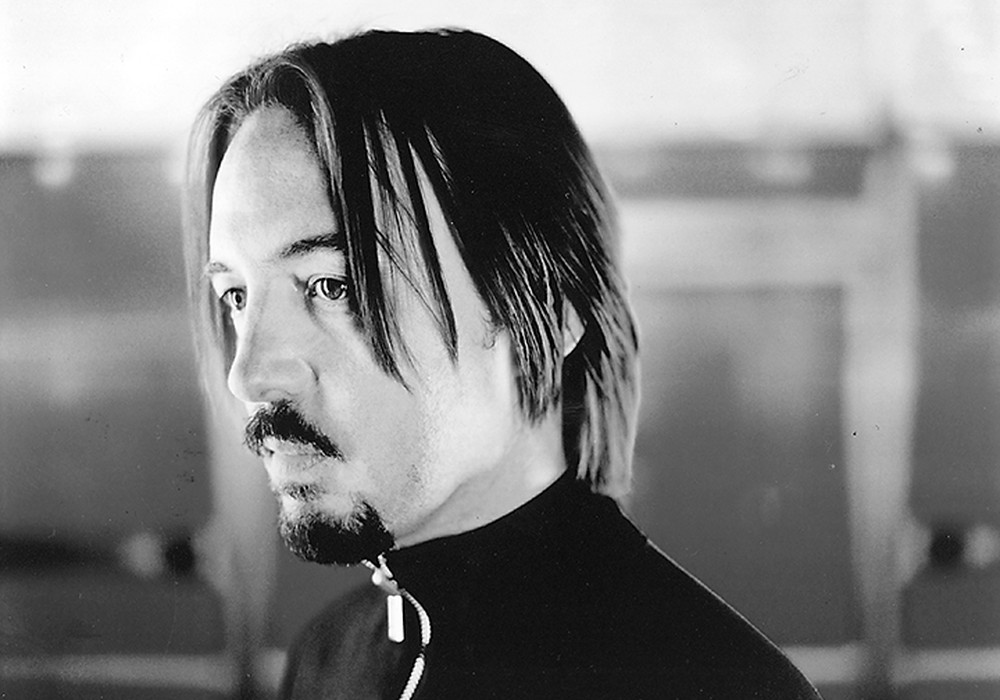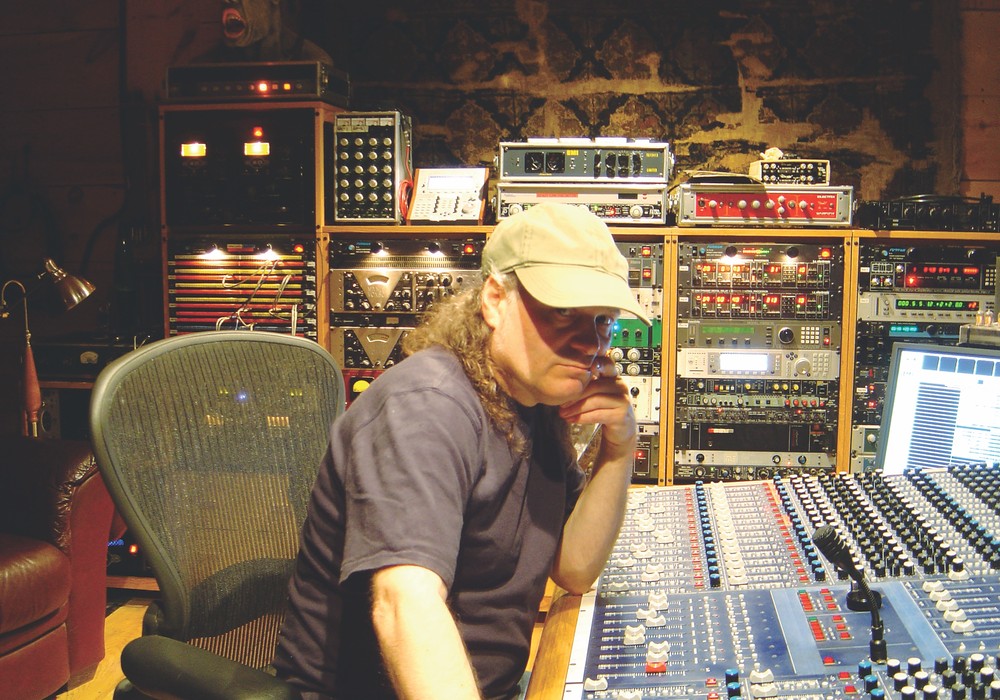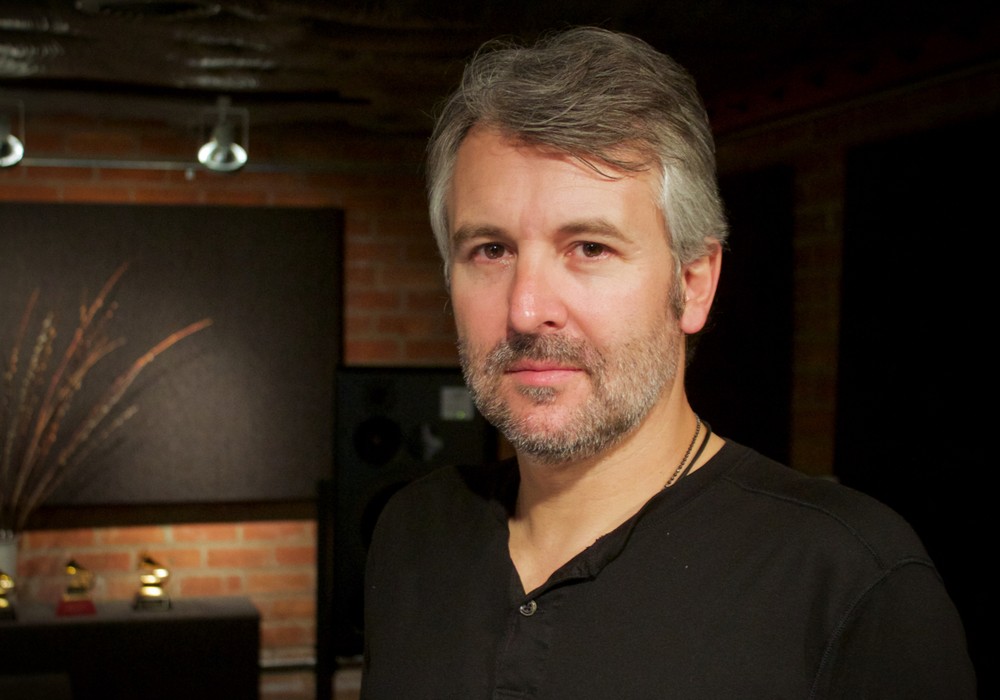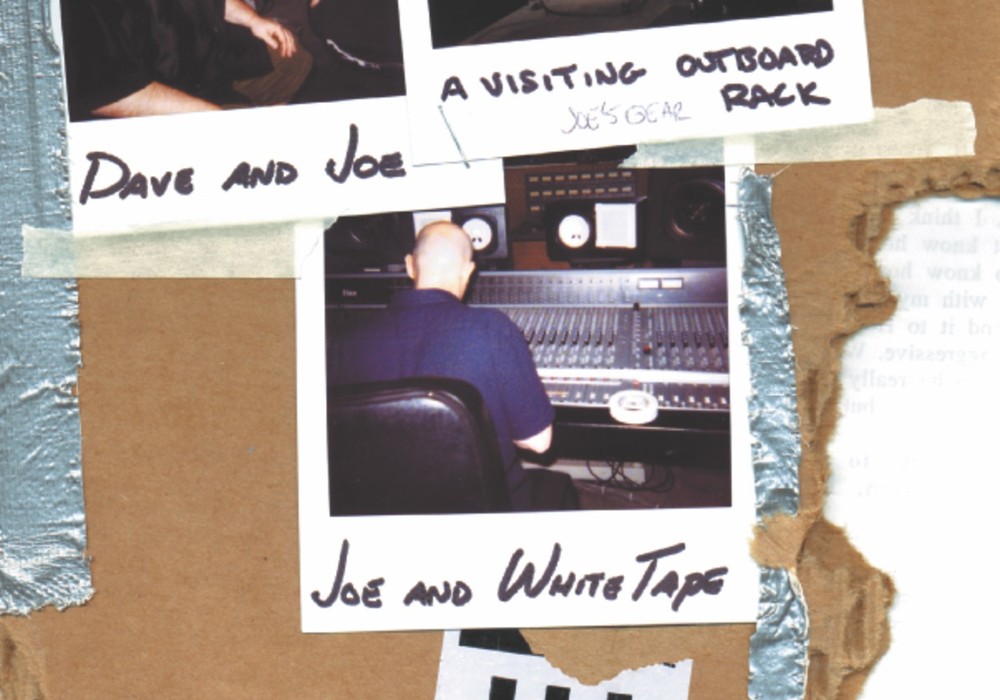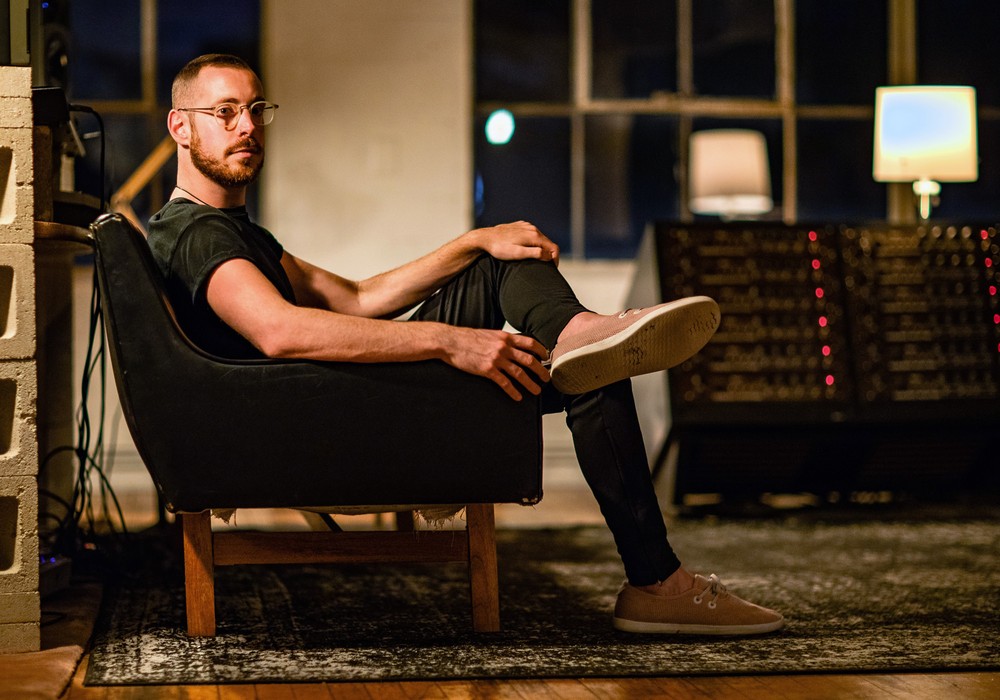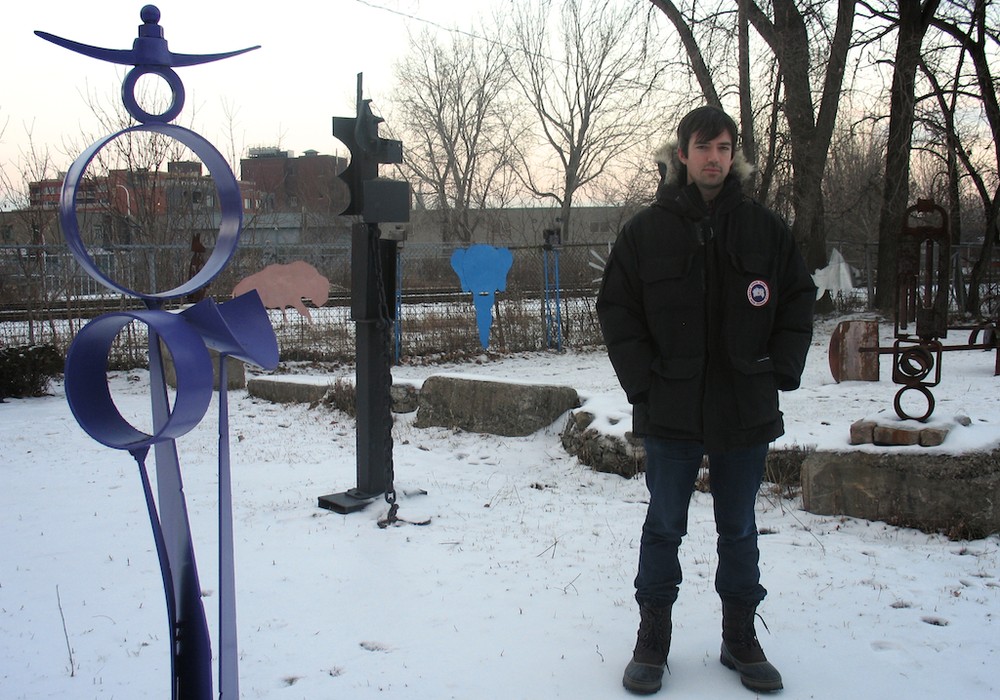At the end of the afternoon, Martin said, "Oh, by the way, I'm just thinking. The problem with having too much material to work with... I think the mind can't really remember like five takes or seven takes. I actually find that three is absolutely the limit. Four fucks it up. And that extra one, even if you can actually digest it, that's going to add an hour to the process." Pointing at my mini-disc recorder, he continues, "So I was just starting to think that with you... You might have a little too much here, and be like, "What the fuck?"
Talking to Martin Bisi is like having a conversation with a large bird with a mild hyperactivity disorder. He swoops in and out of topics, sometimes in seeming non sequitur, but you soon notice that he's referring back to an earlier point in this conversation, or in an earlier one, or just testing ideas. In combination with his intense animation and an arsenal of fascinating technical knowledge, anecdote and philosophy, this keeps your attention, which is how I did in fact end up with several staggering hours of audio to sift through.
From his own youth to Sonic Youth, Bisi has always been a sought-after outsider. A friend of mine, who had gone to high school with him and suggested we meet, told me that in high school, he was orphaned, but he stayed home unsupervised, making his Manhattan apartment the after school hangout for artists, musicians and other wayward types. Through Village Voice ads he connected with Bill Laswell [Tape Op #93], under whose patronage, and with Brian Eno's [#85] seed money, he set up BC Studio in an unused warehouse in the Gowanus section of Brooklyn — an industrial no-man's-land between Park Slope and Red Hook.
Martin Bisi lives and works there to this day, in the three-story space with a huge live room in what was an old truck loading bay. A neon sign maker shares the parking courtyard — a walled compound off 3rd Street lit with the surreal glow of neon, advertising to no one in particular. Over the years BC has been the site for Eno, Iggy Pop, Sonic Youth, Herbie Hancock, Bill Laswell, The Swans, and continues to be a sought after studio, for the space and the added perspective and genius that Bisi brings to his subjects.
Bisi's relationship with Eno soured, but not before recording On Land with the temperamental visionary. He recalls, "I had just put the studio together. I mean literally, the first time I turned on the machines and recorded anything, Brian Eno was standing right next to me. So I was gratified and amazed that it was sounding the way it did, that there was no noise, no buzz, no hums, just from a technical point of view, I was just thrilled." All of his experience to date had been doing live sound at CBGB's, so though Bisi can't attribute Eno's change of mood to a particular technical inadequacy, he mused that it was probably his general inexperience, more than lack of technical flair.
In fact, Bisi remembers Eno's approach to the studio as being "extremely lo-fi and casual, from a technical point of view. For instance, he would clean the heads with his fingers. No alcohol, no head cleaner, no Q-tips. He'd be like, 'Put that shit away,' and it was just his finger. Boom, boom boom, [mimes wiping heads] and we'd go." By comparison, Bisi's downright fastidious: "I don't even touch the leader without washing my hands first. I do think some of those oils could erode the tape gap. That's why you want denatured alcohol instead of isopropyl, you don't want any water, because it'll dissolve the filler in the tape gap, and expose the head, the coil or something. Maybe he didn't know that or didn't care, but it also didn't seem to do anything to my heads, those heads lasted for a few years after that."
On Land is essentially a collection of interesting soundscapes and naturalistic effects, like manipulating a tape loop of frogs one of Bill Laswell's friends had brought from South America, or...
